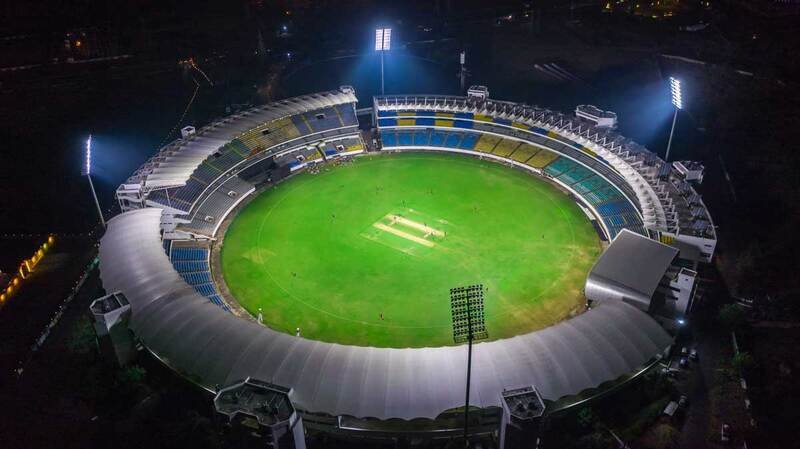Sports tourism is a rapidly growing industry in India, and experts predict that by the year 2033, it will reach a staggering US$ 52,967. This projection highlights the immense potential and opportunities that exist within this sector, as well as the significant impact it can have on the Indian economy.
India is a country known for its rich cultural heritage and diverse traditions. However, over the past few decades, there has been a notable shift in the mindset of its population towards sports and fitness. This has led to a surge in the popularity of various sports, both at the grassroots level and professional level. As a result, sports tourism has emerged as a lucrative market, attracting both domestic and international travelers.
One of the key factors driving the growth of sports tourism in India is the increasing number of international sporting events being hosted in the country. India has successfully organized major tournaments such as the Cricket World Cup, Commonwealth Games, and Indian Premier League, among others. These events not only attract top athletes from around the world but also draw a large number of spectators and tourists who travel to India to witness the sporting spectacle.
The popularity of sports such as cricket, football, badminton, and kabaddi has also played a significant role in boosting sports tourism in India. The success of the Indian cricket team on the global stage, coupled with the rise of the Indian Super League in football, has generated immense interest and enthusiasm among fans. This has led to an increase in the number of sports enthusiasts traveling to India to watch their favorite teams and athletes in action.
Furthermore, the government’s efforts to develop world-class sports infrastructure across the country have further fueled the growth of sports tourism. The construction of state-of-the-art stadiums, training facilities, and sports complexes has not only enhanced the sporting experience but also positioned India as a preferred destination for sports events.
The economic impact of sports tourism cannot be understated. It not only generates revenue through ticket sales, merchandise, and broadcasting rights but also drives employment opportunities in sectors such as hospitality, transportation, and tourism-related services. Additionally, sports tourism has the potential to boost local economies by promoting the development of supporting industries and attracting investments.
To capitalize on the growing trend of sports tourism, it is imperative for India to focus on improving its infrastructure, ensuring the safety and security of travelers, and enhancing the overall visitor experience. This includes investing in training programs for hospitality staff, promoting sustainable tourism practices, and leveraging technology to streamline processes and enhance efficiency.
In conclusion, the projection of sports tourism reaching US$ 52,967 by 2033 in India is a testament to the country’s growing popularity as a sports destination. With the right investment, infrastructure, and policies, India has the potential to become a global hub for sports tourism, attracting millions of visitors and contributing significantly to the national economy.





